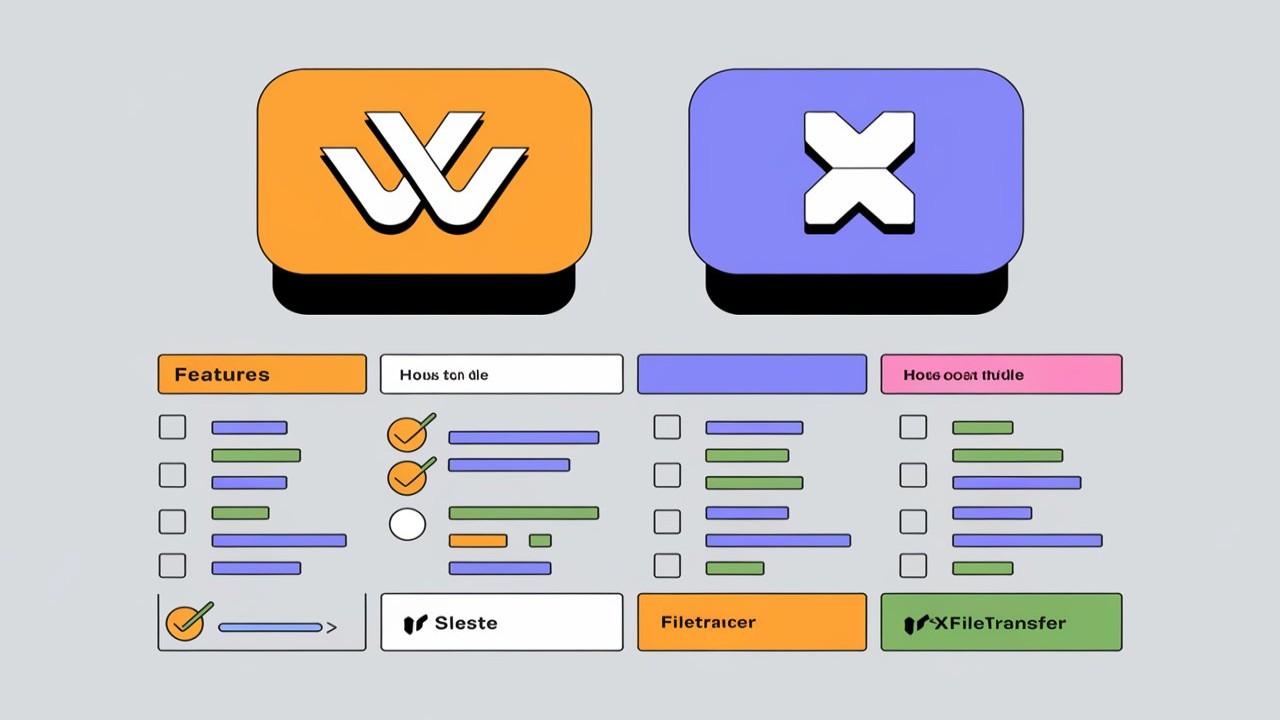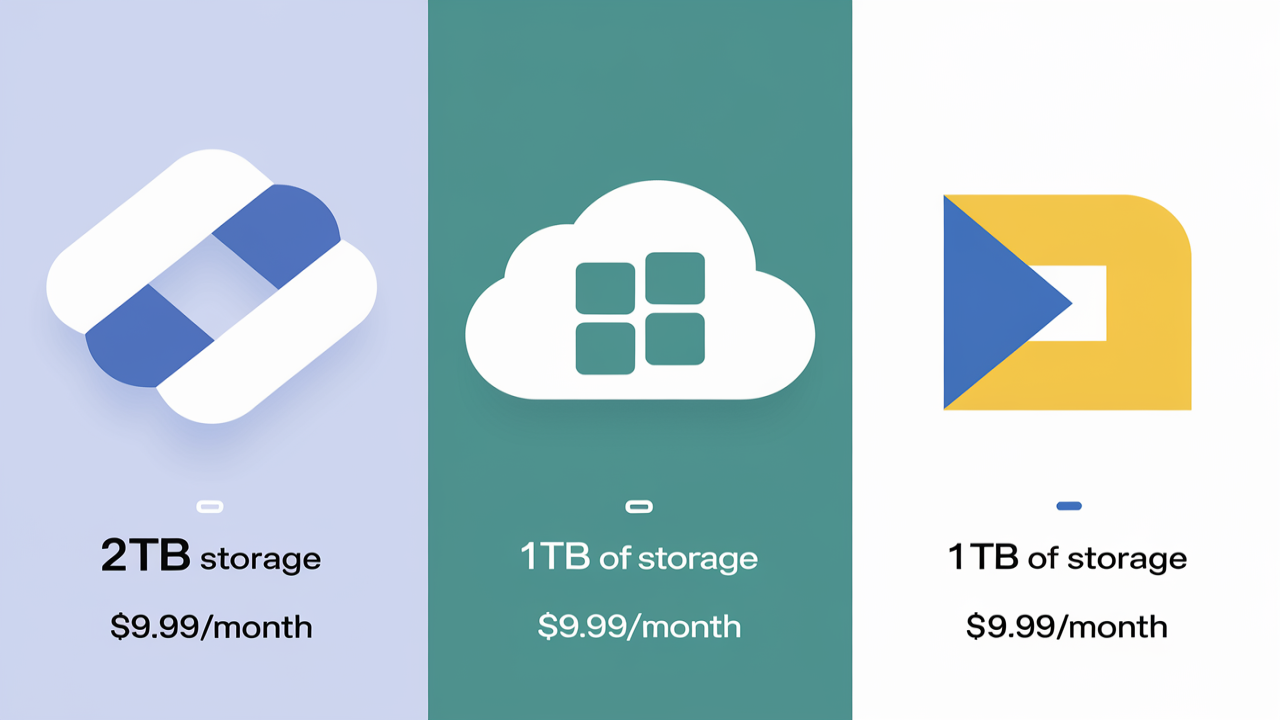Amazon S3 (Simple Storage Service) has become a cornerstone for many businesses, thanks to its scalable, secure, and highly durable cloud storage. Managing large files efficiently is crucial when using S3, especially for businesses dealing with huge datasets, backups, or media files. Mismanaging large files can result in excessive costs, slower upload/download speeds, and potential data loss. In this article, we will provide 5 essential tips to help you manage large files effectively on Amazon S3.
1. Optimize Upload and Download Processes
The first challenge when dealing with large files on Amazon S3 is ensuring efficient uploads and downloads. Large files can often experience timeouts, interruptions, and slow transfer speeds if not managed correctly.
Use Multipart Uploads: For large files (over 100 MB), we recommend using S3's multipart upload feature. This process divides your file into smaller parts and uploads them in parallel. Not only does it improve speed and performance, but it also allows you to retry any failed part without having to start over.
Leverage Transfer Acceleration: Amazon S3 offers Transfer Acceleration, which uses CloudFront edge locations to speed up uploads over long distances. This is particularly useful when users are uploading large files from different geographical regions. By utilizing this feature, you can significantly reduce the time needed for uploads, making the process faster and more reliable.
Use the AWS CLI and SDKs: When handling large files, it’s best to use AWS CLI (Command Line Interface) or SDKs (Software Development Kits). These tools come with built-in retry mechanisms and are optimized for large file transfers, unlike standard HTTP uploads that may struggle with file size limitations.
2. Implement Lifecycle Policies for Cost Efficiency
Large files stored for extended periods can result in escalating storage costs, especially if they are infrequently accessed. Amazon S3 provides lifecycle policies to automatically manage the cost of storing your data over time.
Use Storage Classes Wisely: Different S3 storage classes like S3 Standard, S3 Intelligent-Tiering, and S3 Glacier provide varying levels of cost and accessibility. Files that are frequently accessed should be stored in S3 Standard, while infrequently accessed data can be moved to cheaper tiers such as S3 Glacier or S3 Deep Archive.
Set Up Transition Rules: With S3 Lifecycle policies, you can automate the transfer of your large files between storage classes based on how often they are accessed. For example, after 30 days of no access, a large file can be moved from S3 Standard to S3 Glacier for long-term, cost-effective storage. By automating this process, you eliminate the risk of paying more than necessary for infrequently accessed files.
Automatic Deletion: In addition to cost savings, you can set up rules to automatically delete files after a certain retention period, ensuring that you aren’t paying for obsolete or unnecessary data.
3. Use Data Compression and Encryption
When dealing with large files, compression and encryption play vital roles in both performance and security. Storing compressed and encrypted data ensures faster uploads/downloads while keeping your data secure.
Compress Files Before Uploading: By compressing your large files (e.g., using Gzip or ZIP formats), you can reduce the size of the file being transferred and stored. Smaller file sizes lead to faster upload and download times, while also saving on storage costs.
Client-Side Encryption: For businesses dealing with sensitive data, encrypting files before uploading them to S3 ensures that the data is secure. Client-side encryption allows you to control the encryption keys, adding an additional layer of security. Alternatively, you can use S3 server-side encryption (SSE), which automatically encrypts your data at rest.
Combine Encryption and Compression: To maximize both performance and security, consider combining compression and encryption strategies. Compressed and encrypted files can significantly reduce file size and ensure data integrity, especially when dealing with confidential large files.
4. Monitor and Manage File Access Permissions
Mismanaging access permissions for large files can result in unwanted security risks. Setting appropriate permissions is essential to ensure that only authorized users have access to sensitive data stored on Amazon S3.
Use IAM Policies and Bucket Policies: By creating IAM (Identity and Access Management) policies, you can control who has access to your large files. You can also use S3 bucket policies to define rules for specific buckets or objects, ensuring that permissions are as granular as needed.
Set Object-Level Permissions: In addition to bucket policies, it’s critical to set object-level permissions for large files. You can configure S3 object permissions to be public, private, or restricted to specific AWS accounts. By fine-tuning these settings, you ensure that sensitive large files are not exposed to unauthorized individuals.
Enable Logging and Monitoring: To keep track of who accesses your large files, enable S3 server access logs and monitor them regularly. AWS CloudTrail can also be used to monitor and log all access to S3 files. With regular logging, you can detect unauthorized access and take action to secure your data quickly.
5. Implement Redundancy and Backup Solutions
While Amazon S3 provides exceptional durability (99.999999999%), it’s always wise to have additional layers of redundancy and backup, especially for large files that are business-critical.
Enable Cross-Region Replication (CRR): With Cross-Region Replication, you can automatically replicate your large files to another S3 bucket in a different AWS region. This not only improves availability but also ensures that your data is protected in case of regional failures or disasters.
Use S3 Versioning: S3 Versioning keeps multiple versions of an object in the same bucket. This feature is especially helpful when dealing with large files that are frequently modified, as it allows you to recover previous versions of files if they are accidentally deleted or corrupted.
Integrate with AWS Backup: For an even more comprehensive approach, integrate AWS Backup to ensure that your large files are regularly backed up across multiple AWS services. This provides a centralized backup solution and helps you comply with regulatory requirements for data protection.
Conclusion
Managing large files on Amazon S3 requires a strategic approach to ensure cost-efficiency, performance, and security. By implementing multipart uploads, setting up lifecycle policies, utilizing compression and encryption, managing permissions, and enabling redundancy, you can optimize your large file management process on S3 and minimize costs while safeguarding your data.






Comments (0)